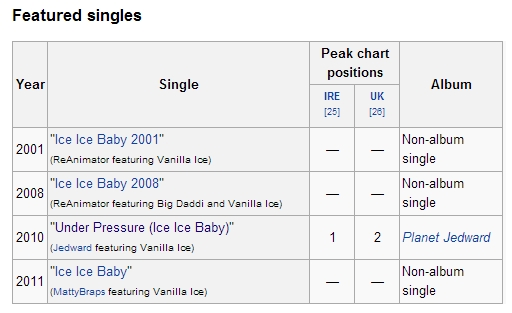 The 80s were a time of great songs and inconsistent albums. Songs like “Nothin’ but a Good Time” and “Youth Gone Wild” are anthems of the age…of all the ages. But when I actually sit down and listen to a Poison or Skid Row album in its entirety, I go skip… listen… skip… skip… listen… skip… skip… skip… listen…
The 80s were a time of great songs and inconsistent albums. Songs like “Nothin’ but a Good Time” and “Youth Gone Wild” are anthems of the age…of all the ages. But when I actually sit down and listen to a Poison or Skid Row album in its entirety, I go skip… listen… skip… skip… listen… skip… skip… skip… listen…
The good news: Dr Feelgood contains songs called “Dr Feelgood” and “Kickstart My Heart.” These two songs are loaded with energy, great riffs, and massive hooks. Crue does nothing but kill on both of these tracks.
The bad news: Dr Feelgood contains nine songs that aren’t “Dr Feelgood” and “Kickstart my Heart.” I can’t remember too much about them. I think “She Goes Down” sounded a little like Aerosmith. Motley Crue sounds completely out to lunch on these songs, they’re just not that memorable or interesting. They kind of sit there, like heavy metal elevator music.
There’s a few ballads, too. Someday you might find yourself answering the $500,000 question on Who Wants to Be a Millionaire: What is the most pleasurable out of these experiences? A) a firehose enema. B) getting your nutsack caught in a particle accelerator. C) a rhinocerous-administered prostate exam. D) a Motley Crue ballad. That’s a tough one. You might run out of time. I’d suggest calling a friend.
Sadly, this was an all too typical scenario in the 80s, where rockstars would turn out one or two really good songs, fool around for forty minutes, and snort the rest of the album advance straight up their nose. Motley Crue compensated a little by making their good songs REALLY good (lots of bands ditched the “good” and went straight to “commercial”) but you still can see a neglect for the album format.
They did this on the album before this, too. “Wild Side” and “Girls Girls Girls” will stay with me forever. The rest of the album doesn’t even exist so far as I’m concerned.
Were they to blame? I don’t think so. They are a band that catered for a certain audience, and that audience likely didn’t listen to vinyl records front to back and memorise every note. I posit that the average Crue fan circa 1990 knew only the big MTV hits. It doesn’t help that glam was one of the most overtly image-focused styles of music ever to exist. It was curiously like rap in that regard. Nevermind the music, playa. Tell me about all the gunshot wounds you got and all the blow you muled.
Anyway, Dr Feelgood has two amazing Crue classics and nine pieces of filler so unambiguous that you could stuff them inside your walls and save money on your heating bills.
No Comments »


